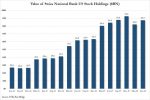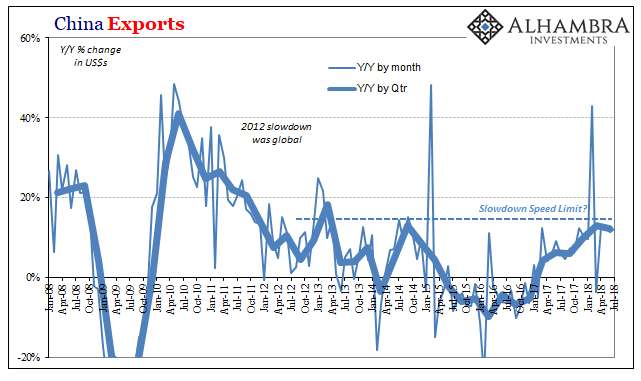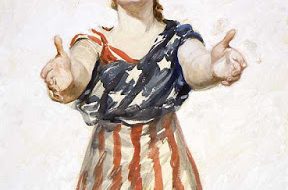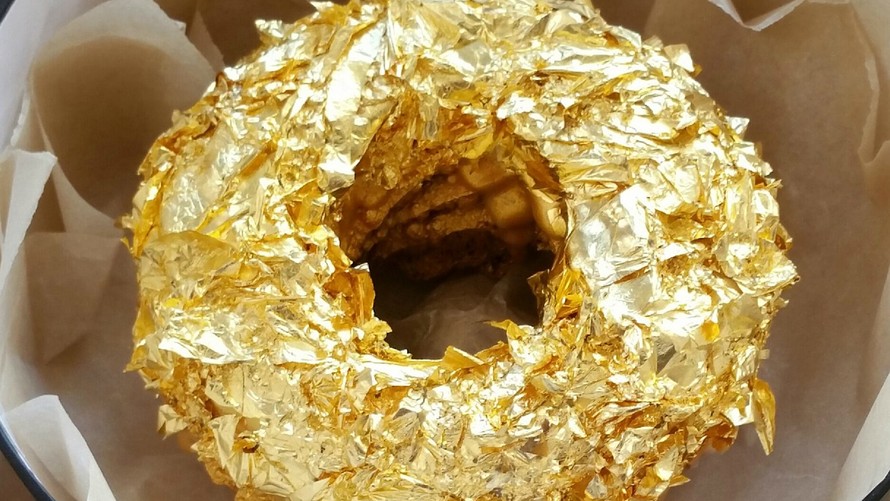The Swiss consumption indicator by UBS shows improvements. The indicator is still distant from the highs in 2012. At the time stronger growth in Emerging Markets and the weaker franc helped the Swiss economy.
The UBS consumption indicator rose to 1.50 points in February from 1.44, indicating solid private consumption in the first quarter. Domestic tourism bottomed out and then rose significantly in January. On the other hand, dour sentiment in the retail trade is hemming further gains by the consumption indicator.
Zurich, 29 March 2017 – The UBS consumption indicator climbed to 1.50 points in February from 1.44. Domestic tourism drove the rise still recovering from the consequences of the franc shock in early 2015. The number of overnight hotel stays was up by 5.5% the same month in the previous year. In January, plenty of snow and the start of the skiing holidays lured many Swiss into the mountains. The tourist regions of Graubünden (+12.0%) and Valais (+7.5%) recorded strong growth, while the number of overnight stays fell significantly in the Basel region (-22.1%). However, in the light of the mild weather in the same month of the previous year, overall Swiss growth should not be overestimated. Following its slide after the franc shock, domestic tourism has passed a trough, reaching the same level as 2014. The figures from 14 youth hostels were also included for the first time in January 2017; this may have boosted the number of overnight stays artificially. The automotive market is also showing a positive trend. The number of new car registrations increased by 0.7%. On the other hand, the drop in the KOF index for retail trade sentiment to -12 points from -3 sounds a note of caution.
Private consumption vs. UBS Consumption IndicatorUBS expects GDP growth of 1.4% for the current year. While significant economic growth cannot be expected, it could be more broadly based than last year. Private consumption would benefit from such a development. The Swiss economy will also have to adjust to the strong franc. In spite of that, with the elections in France, the current year holds risks which must not be underestimated. If the right-wing populists around Marine Le Pen did in fact come out on top, this could have significant consequences for the Eurozone, but also for Switzerland. |
Switzerland Private Consumption and UBS Consumption Indicator, February 2017(see more posts on Switzerland UBS Consumption Indicator, )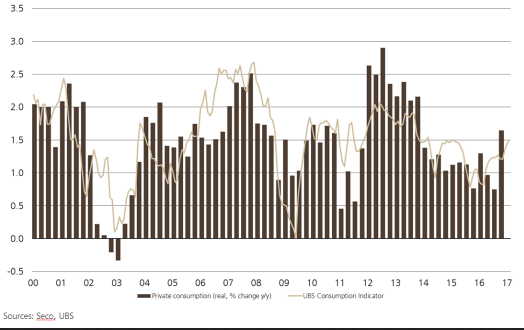 Source: www.ubs.com - Click to enlarge |
How the UBS Consumption Indicator is calculated
The UBS Consumption Indicator signals private consumption trends in Switzerland with a lead time of one to three months on the official figures. At more than 50%, private consumption is by far the most important component of Swiss GDP. UBS calculates this leading indicator from six consumer-related parameters: new car registrations, business activity in the retail sector, the number of domestic overnight hotel stays by Swiss residents, the consumer sentiment index, employment figures and credit card transactions made via UBS at points of sale in Switzerland. With the exception of the consumer sentiment index and employment figures, all of this data is available monthly.
Full story here Are you the author? Previous post See more for Next postTags: newslettersent,Switzerland UBS Consumption Indicator



























